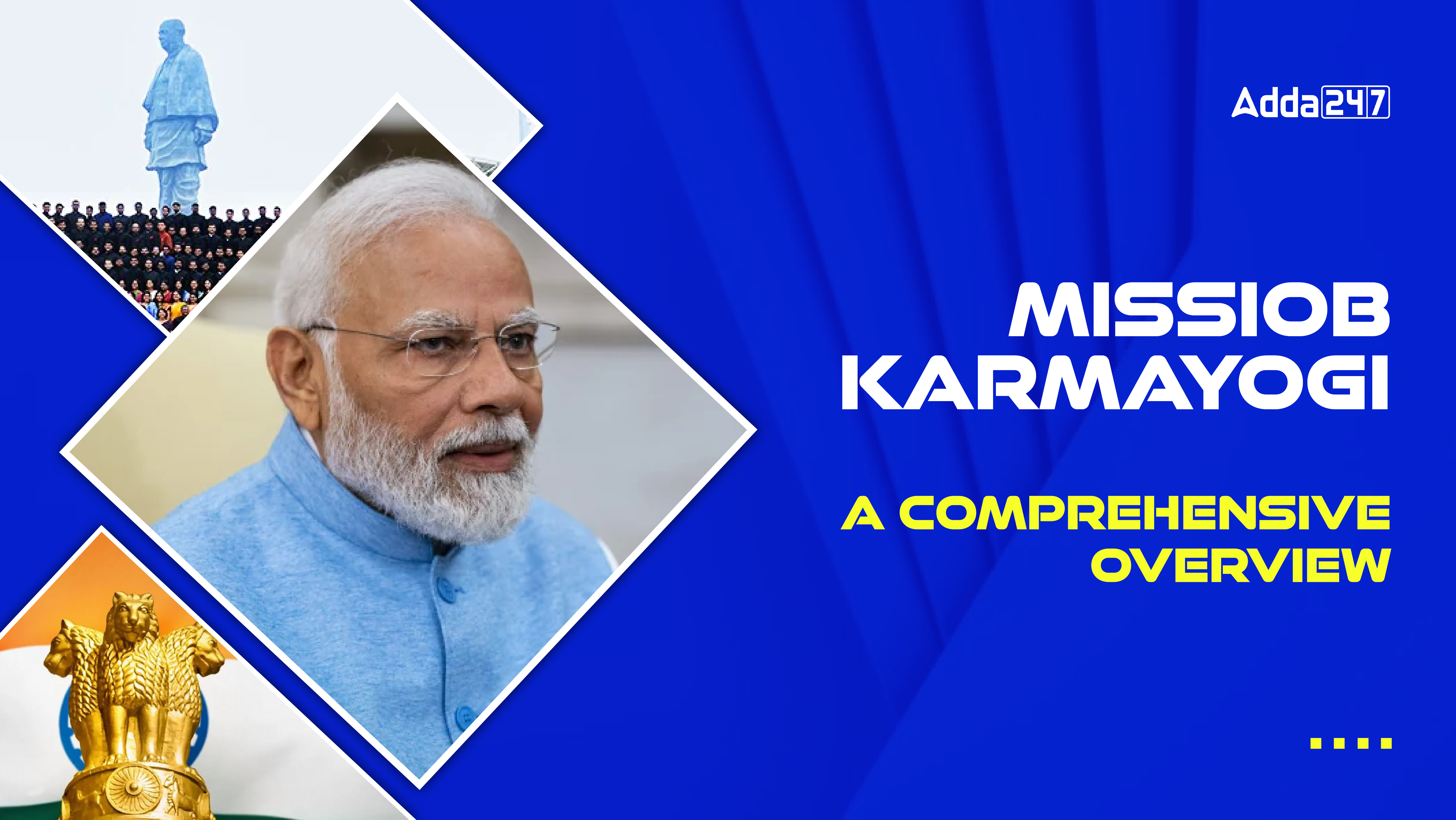Introduction
Mission Karmayogi is a significant reform initiative launched by the Government of India, aimed at transforming the Indian civil services and enhancing their efficiency, effectiveness, and accountability. Announced in 2020, this mission seeks to create a competent and future-ready civil service that is more responsive to the needs of citizens.
Objectives
The primary objectives of Mission Karmayogi include:
- Capacity Building: To create a robust and flexible capacity-building ecosystem for civil servants.
- Competency Development: To develop competencies that are in sync with the changing needs of governance and technology.
- Citizen-Centric Approach: To instill a citizen-centric approach in public service delivery.
- Inclusivity: To ensure inclusivity and equity in the civil services.
Key Features
Mission Karmayogi is designed to provide continuous learning opportunities for civil servants across their careers. Some of its key features include:
- Integrated Government Online Training (iGOT) Platform: A digital platform that offers a wide range of courses to civil servants, enabling them to acquire new skills and knowledge as per their roles.
- Competency Framework: A framework to identify the key competencies required for different roles and design training modules accordingly.
- Monitoring and Evaluation: Regular assessment of training programs and their impact on the performance of civil servants.
- Collaboration with Academic and Training Institutions: Partnership with various academic institutions, both national and international, to offer high-quality training programs.
Implementation Strategy
The implementation strategy of Mission Karmayogi is multi-faceted, involving several key steps:
- Policy Framework: Establishing a robust policy framework that defines the scope, objectives, and guidelines for capacity building.
- Institutional Mechanism: Setting up institutional mechanisms such as the Capacity Building Commission to oversee the implementation and monitoring of the mission.
- Resource Allocation: Ensuring adequate funding and resources for the successful execution of the mission.
- Stakeholder Engagement: Involving various stakeholders, including government departments, training institutions, and civil servants, in the planning and execution process.
Benefits
The mission aims to bring about several benefits to the Indian civil services:
- Enhanced Efficiency: Improved training and capacity building will lead to better performance and higher efficiency in public service delivery.
- Better Governance: A more competent and responsive civil service will contribute to better governance and policy implementation.
- Professional Development: Continuous learning opportunities will ensure the professional growth and development of civil servants.
- Technology Integration: Emphasis on technology and digital learning will help civil servants keep pace with the latest advancements and innovations.
Challenges
Despite its ambitious goals, Mission Karmayogi faces several challenges:
- Resistance to Change: Resistance from within the bureaucracy to adopt new ways of learning and working.
- Resource Constraints: Ensuring adequate funding and resources for the extensive training programs.
- Scalability: Scaling the training programs to cover a large number of civil servants across various levels and departments.
- Monitoring Effectiveness: Continuously monitoring and evaluating the effectiveness of the training programs to ensure they meet the desired outcomes.




 Top Government Schemes for Youth in 2026...
Top Government Schemes for Youth in 2026...
 Pradhan Mantri Matru Vandana Yojana Comp...
Pradhan Mantri Matru Vandana Yojana Comp...
 Govt Launches Market Access Support Sche...
Govt Launches Market Access Support Sche...







